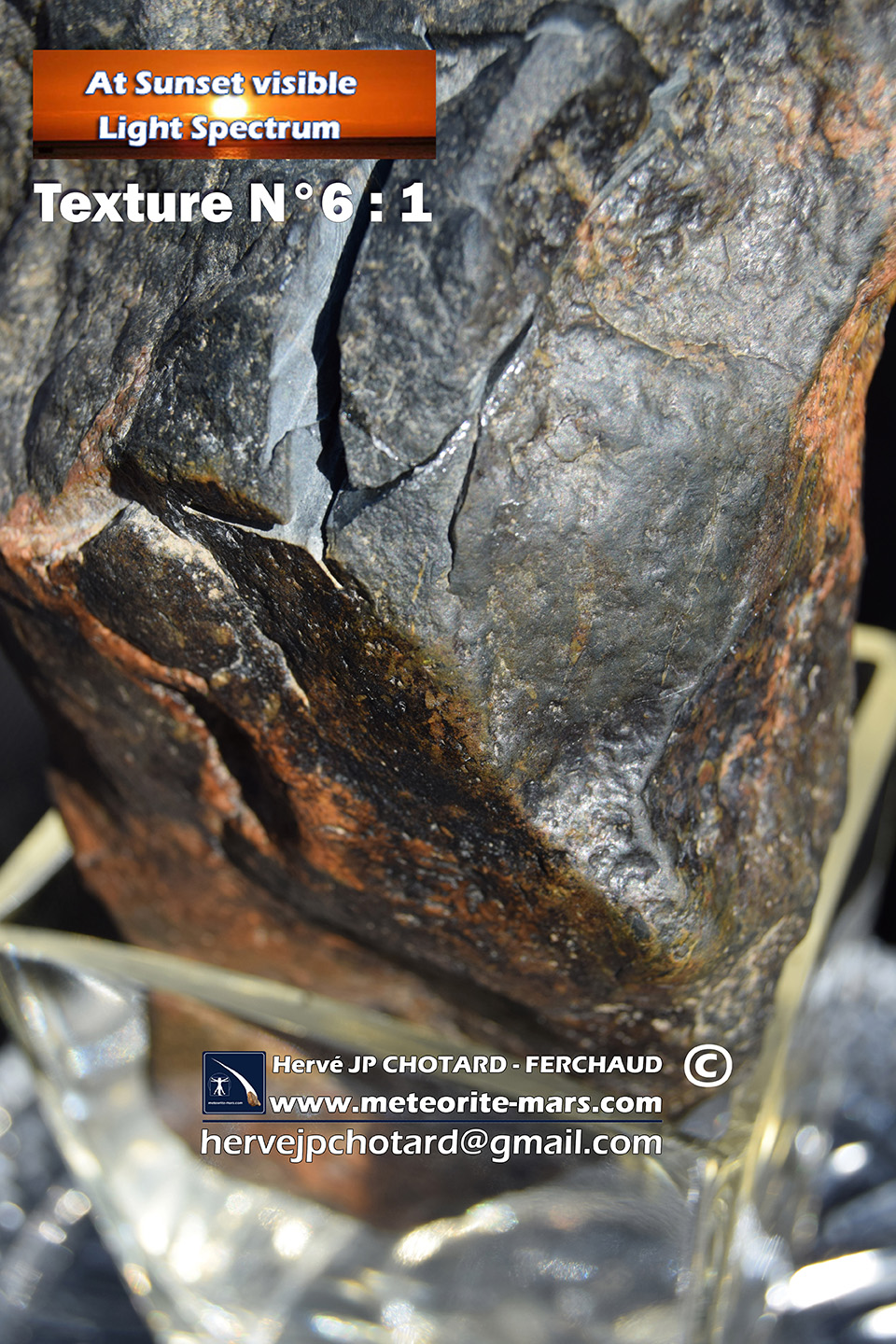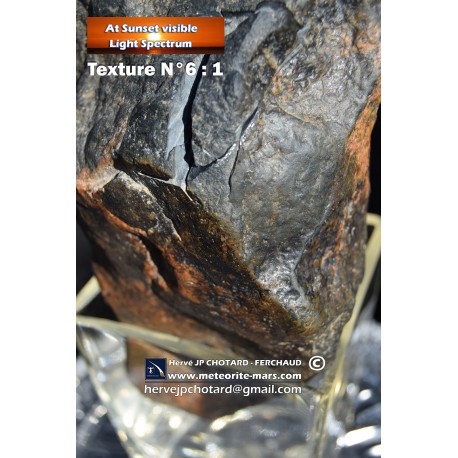Texture N°6 -Martian meteorite croute de fusion
Texture00006
New product
Texture N°6 -Martian meteorite croute de fusion
More info
Région Nouvelle-Aquitaine Météorite Chizé de Mars Communauté texture 06/..01 Souvent , la croûte de fusion est endommagée par l'impact. Zones dénudées ou des matériaux du sol adhérant seront des points futurs de départ pour les intempéries. En fonction de la dureté de la surface cible et en raison des faibles vitesses d'impact , il est aussi possible que les croûtes de fusion reste intact. Sur la grande météorite tombe Pultusk, Tcheliabinsk, Mocs, SRI's
New England Meteoritical400 × 208Recherche par image
Fusion crust visible on the outside surface
L’image contient peut-être : texte et plein air








